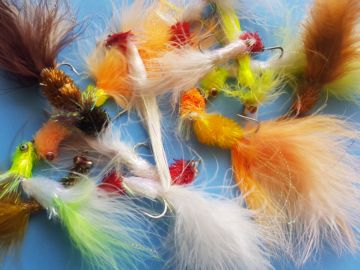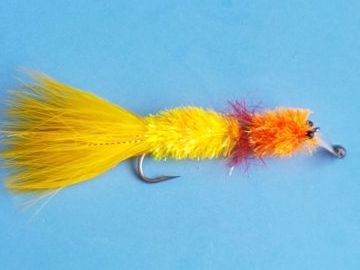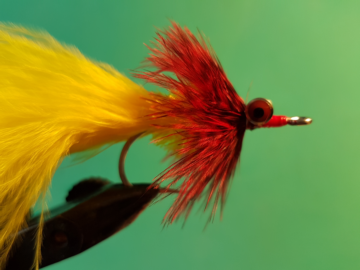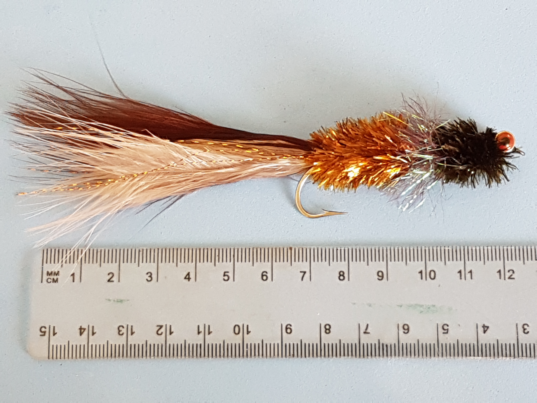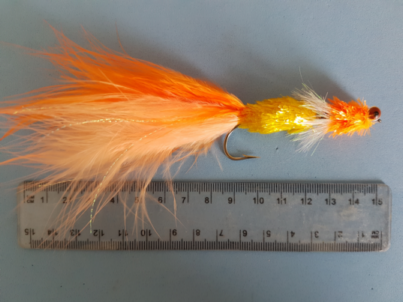Other species
{{start}}
{{end}}
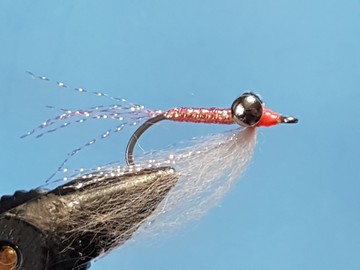
{{+1}}Christmas Island Special – pink{{-1}}
{{start}}
There are a lot of colour combinations of Christmas Island Special (CXI) flies that my mates and I have seen on our various trips to Christmas Island and Aitutaki. Some work sometimes and not others and some work more often than not. This is my list of CXI flies that more often than not consistently work.{{end}}
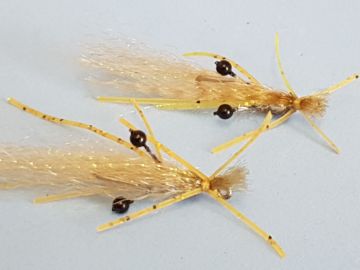
{{+1}}Tidal flats shrimp – tan{{-1}}
{{start}}
This fly is basically my original mud prawn that I released in 2003 and have now miniaturised and modified so as to represent the sort shrimp that you find on tidal flats in tropical waters. As an aside I note there is anecdotal evidence that there are permit and even bonefish on some of the local Central Queensland tidal flats so the search is on to find them. This tan version is the most translucent of my tidal flats shrimp and is my go to version for crystal clear water.{{end}}
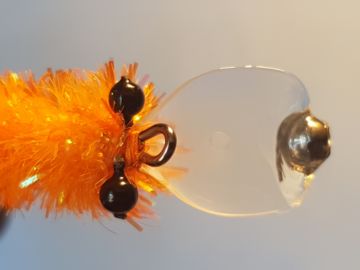
{{+1}}Articulated slow roller – size #1 to #1/0{{-1}}
{{start}}
I tie these downsized version of my original articulated slow roller fly in sizes #1 and 1/0 sizes and fish them on my #8 weight fly rods with 20lb Maxima Ultra Green leaders. They are an absolute treat for native bass and all sorts of estuary and coastal species including bream, flathead, and mangrove jack and smaller pelagics including trevally and queenfish.{{end}}
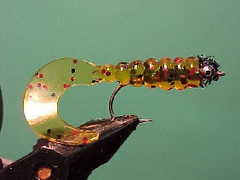
{{+1}}Cake-n-eat-it – paddle tail soft plastic{{-1}}
{{start}}
As the name implies these flies are built using a soft plastic lure body. I am happy to call this a fly because I fish it on a fly rod and fly line, cast it, retrieve it and land fish caught on it in the same way that I do when fish a traditional fly made of say fur and feather for say a brown trout in Lake Jindabyne NSW.{{end}}














